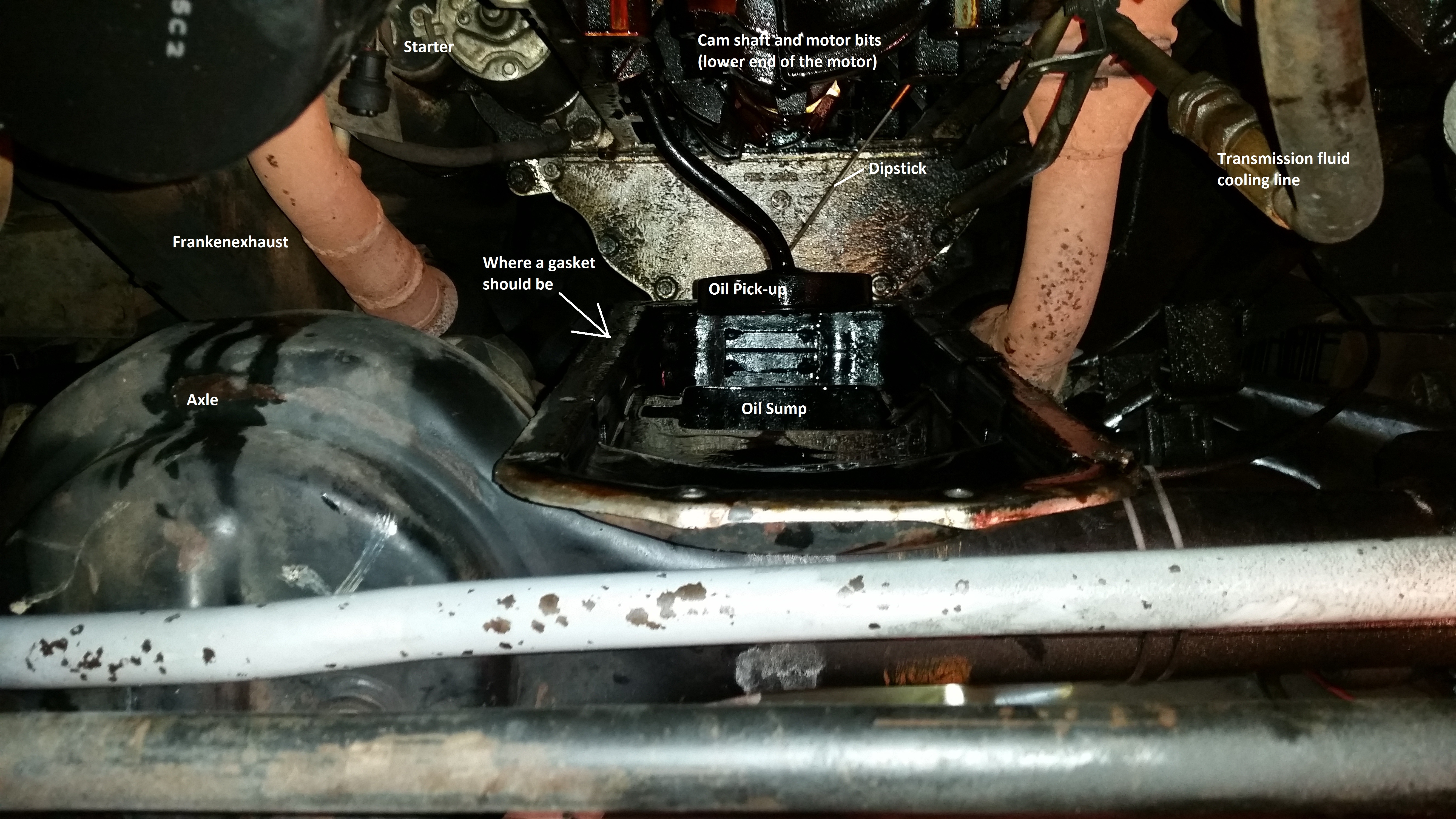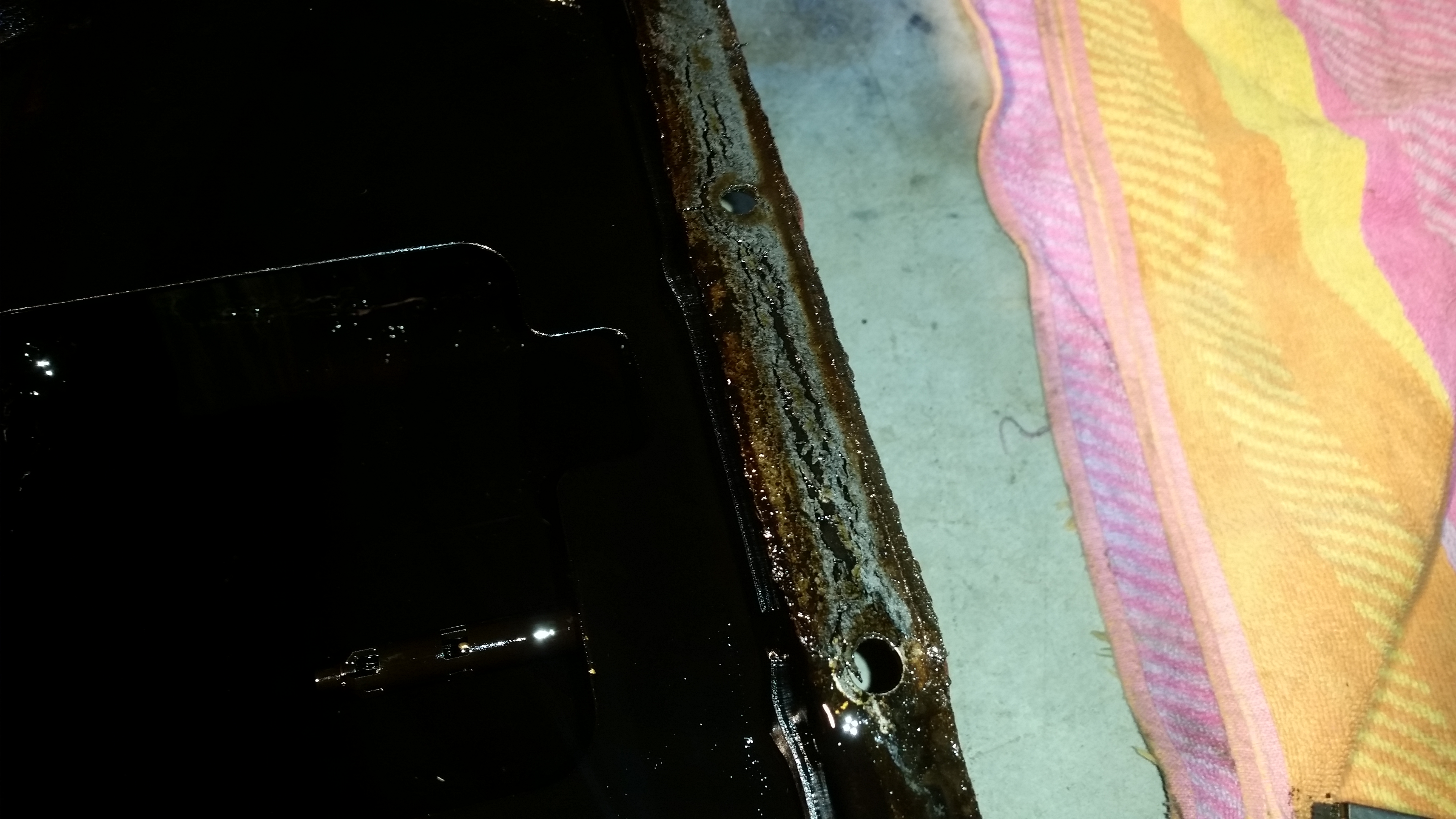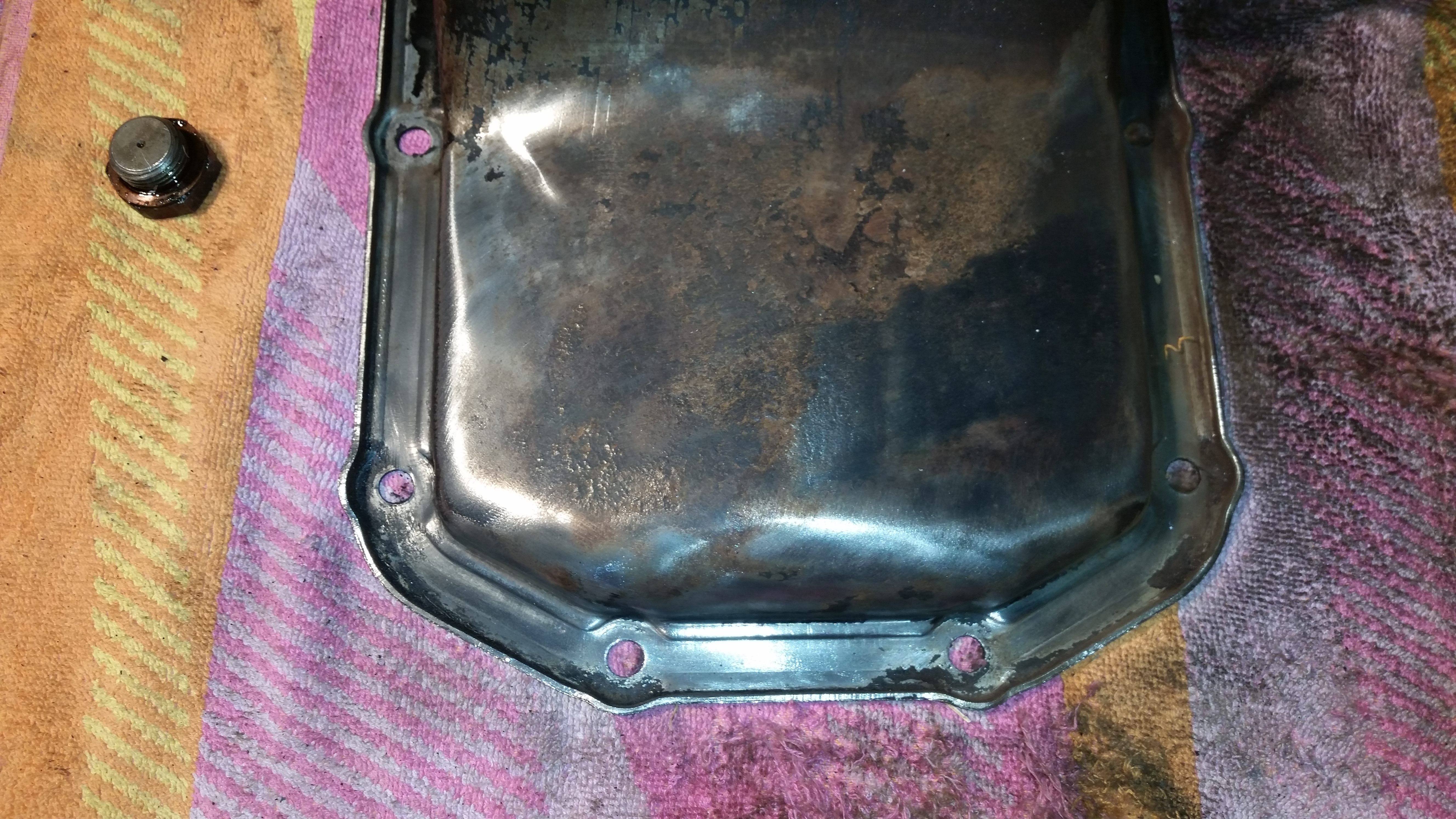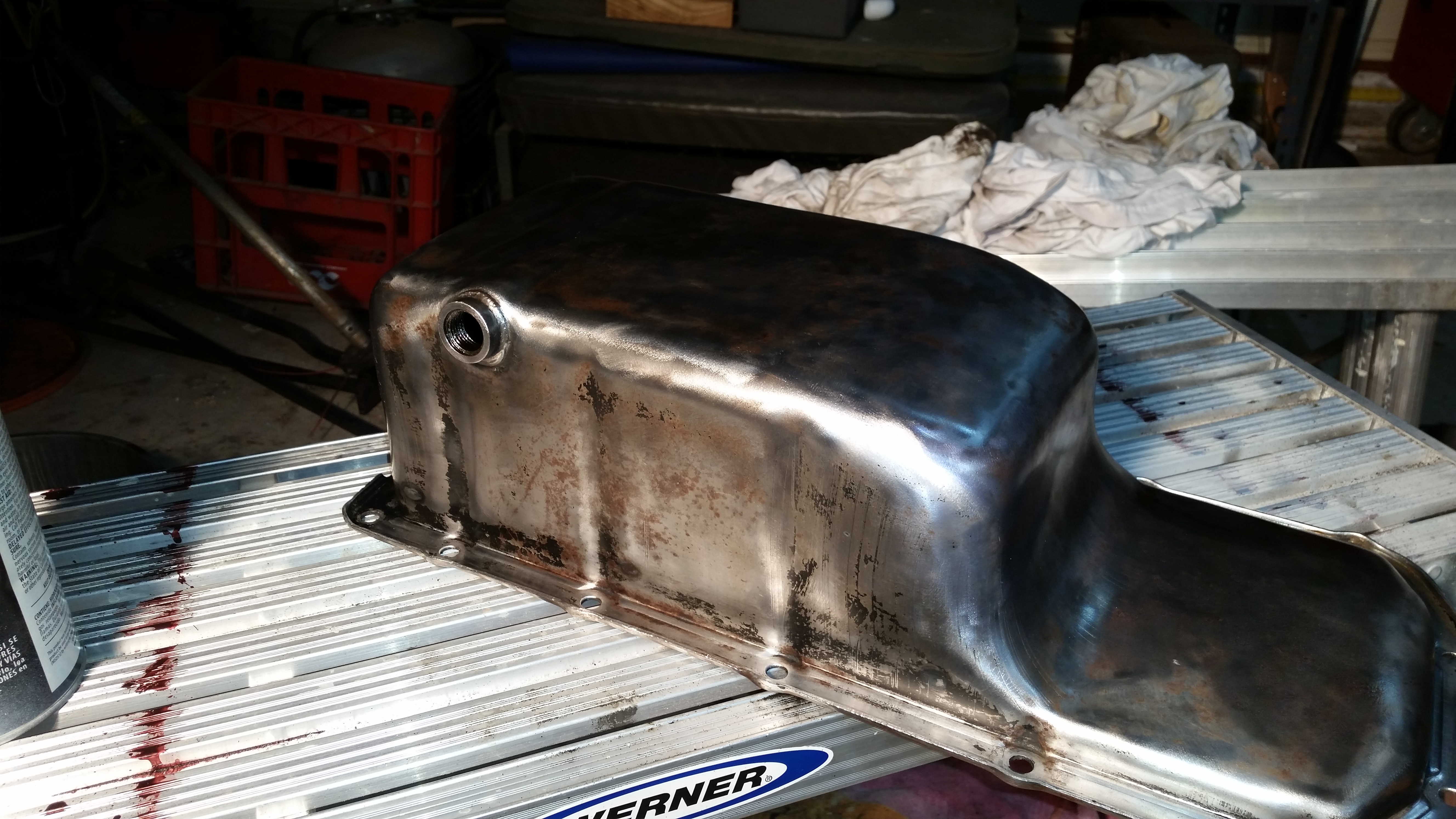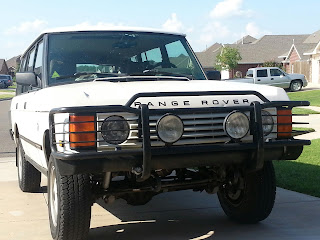If you are a regular reader you will remember some late unpleasantness when a distracted driver smacked into the Big White Bus while she was parked on a city street. I was determined to get the BWB back on the road. After all we already have one car payment and my budget would not allow for a second. Besides that, I love this Range Rover. We have a lot of miles together and I know her inside and out. I didn’t really relish going through learning another automobile.
So the day was set aside for “mechanic-ing”, but before we managed to get started some friends of Rogers showed up with a lovely 1932 Buick. I don’t remember all the specs on this car but it was a Buick and nicely done. The trunk was a dealer option and still had the original leather clad luggage inside. A time capsule to another time.

To get the fender straightened was the first thing. We got the Range Rover lined up with our pull point. We did not believe the under structure was damaged but we needed to pull the fender out to make sure. JagGuy got the “come along” out and hooked it to a M54 military truck parked in front of the shoppe and on to the bent fender.
That worked nicely. “The panel “wants” to go back the way it started.” he said admiring the job. So pulling it straight will help with a lot of the work. We did learn the bumper was a loss. I couldn’t see any reason to try and straighten it. I’ll have to get a new bumper. I’ve got my eyes on some aftermarket ones.
We took a break after that and went over to Back Door BBQ. The “Beastwich” sounded appetizing so I indulged. This might have been the best sandwich I’ve ever eaten. No, really. It was amazing.

Satisfied we decided to attempt to put a coat of paint on the new fender I had salvaged from the Pull-A-Part yard a few weeks back. We got it on to the table and I was instructed to rough it up and wash it down with a solution that removed all the grit and oils. These are basically all the same, sorry I didn’t remember the product name.
After JagGuy applied a layer of paint he wasn’t terribly happy with the results. Knowing we weren’t going to be able to install the same day as paint, he told me he would put another coat on during the week and it would be ready for the next weekend to install.
The results were mixed. I should have probably bought medium drying instead of the fast I wound up buying from English Color and Supply. Good folks there, and they have the expertise and a nice disposition. I didn’t pretend to know what I was doing and asked for help all the way. Highly recommended.

So I retrieved the fender and a couple of weeks later I installed it. I had already disassembled the fender on the donor Range Rover so this was old hat to me. There really isn’t anything special about removing the fender. Remember these are built to be worked on.
Remove the lights.
Remove the pozi-drive (The Garage Journal) screws (use a number 1 or 2 Phillips) from the inside.
You will need to remove the plastic box on the seat release. The push button unscrews.
You need to remove the two bolts on the inside of the fender above the tire.
What she looks like without the fender.

Reattached the lens cover rubber to the fender BEFORE you put the new fender on. You can do it after…its just harder. I ground down the rust spots as well as I could and gave everything with rust a coat of self-etching primer.
I reattached the fender. The rear inside is attached with pop rivets. So you’ll need to put some elbow grease on the fender to get the holes lined up.

I think there were 4 or 5 needed. That’s it except for putting the light assembly back on. I used the new one I salvaged from the wreck. In the end, it looks great.
It is now the third different painting she has had. I really should get an orbital buffer to her this summer and get the oxidation off and get the panels shining and perhaps closer to the same color.
That’s about it. The removal and reassembly of the fender is a 1(one) on the Okierover Difficulty Scale. The painting however is another thing. If you REALLY, REALLY care about the paint matching and there being a nice coat of paint this might be a 3(three) on the Difficulty Scale. You would need to apply bondo and sand a great deal more than we did. Every minor imperfection on the panel will be magnified by ten once you start to apply paint. I didn’t care all that much about perfection.
Thanks for reading and Happy Rovering.










